Annual Report 2024
ANNUAL REPORT
January 1 − December 31, 2024
THE FOUNDATION AND ITS PURPOSE
The primary purpose of the Helsingin Sanomat Foundation is to secure the future of Finnish media and quality journalism, as well as to support freedom of speech.
The Foundation may also support other research and various initiatives of importance for the wellbeing, development or international standing of Finnish society. The Foundation may also organize competitions related to its operations.
The Foundation maintains the Media Museum and Archives Merkki (earlier Päivälehti Museum and Päivälehti Archives).
The Helsingin Sanomat Foundation was established in December 2005 and 2024 was its 19th year of operation.
The year 2024 saw the first full year of operations the archives and museum under the new name of Merkki. The focus during the year was on raising awareness of Merkki activities and its name. Research funding was adjusted to reflect reduced income.
IMPLEMENTATION OF PURPOSE
The Foundation fulfils its mission by awarding funding to research and training projects related to the media industry, competitions in the field and to various freedom-of-speech initiatives.
The Foundation provides the public with free admission to exhibitions and events held in the Merkki Museum on the history and future of media and contemporary media. The Foundation also records documents, photographic materials and literature related to the operations of the Sanoma Group, Lehtikuva Picture Agency and their founders in the Merkki Archives. The materials are actively made available for the use of researchers, the media, collective memory and cultural organizations.
The Foundation’s Board of Trustees decides each year the amount to be spent on implementing the Foundation’s purpose. In 2024, the Board of Trustees earmarked €1.2 million for research funding and study fellowships for journalists. In addition, the Board decided that a maximum of €200,000 of this amount would be earmarked for the Uutisraivaaja media innovation challenge, which will be held for the eighth time. At the end of 2024, the Foundation’s financial situation allowed it to exceed the amount budgeted.
PROJECTS SUPPORTED
General
In 2024, the Foundation processed 52 (2023: 33) funding applications amounting to a total of €5,525,702 (€4,104,929). Research funding totalling €950,000 (2023: €660,000) and fellowships totalling €397,361 (€558,768) were awarded to make a total of €1,347,361 (€1,218,786). A total of eight (six) projects were supported, with fellowships determined as one project. In addition, a maximum of €200,000 was earmarked for the Uutisraivaaja media innovation challenge taking place in 2025.
Funding cancelled and returned amounted to €8,685 (€117,886). Fellowships recognized as costs in the income statement include tuition fees and exchange rate differences.
Successful funding applicants were informed in person, and unsuccessful applicants were notified through the electronic grant system. The names of funding recipients are published on the Foundation’s website as are the final reports of the funding recipients’ research projects.
During its years of operation, 2006 – 2024, the Helsingin Sanomat Foundation has awarded a total of €50,778,134 in research and other funding. Funding totalling €1,366,431 has been cancelled during the years of operation.
The Foundation has a two-phase call for funding applications. In the first phase, applicants are invited to submit a concept paper of a maximum of three pages in which the applicant briefly presents the research plan, the methods used in the research, the research team and the preliminary budget. The Working Committee selects the most promising projects from the concept papers to proceed to the second phase. The call for applications in the second phase includes a more detailed research plan, budget and other key attachments.
The Foundation’s Board of Trustees makes funding decisions twice a year.
Direct call for applications in 2024
The direct call for applications in the spring was headed “Speech turned to war – what is the role of the media? The background to the research was Russia’s war of aggression against Ukraine in February 2022 and the resulting changes in Finland’s security policy situation. The call sought to find out what the implications and consequences of this change were for public debate.
A public seminar to prepare for the thematic call was held at the Merkki Museum on March 14, 2024. The seminar was introduced by University Researcher Noora Kotilainen and Professor Risto Kunelius, both from the University of Helsinki, and Associate Professor, University Lecturer in War Studies Ilmari Käihkö from the Swedish Defence University. Minna Holopainen, editor-in-chief of Finnish News Agency STT, Lauri Nurmi, political journalist and non-fiction writer from Iltalehti newspaper, and Salla Vuorikoski, producer at Helsingin Sanomat, also took part in the panel discussion. The seminar was opened and moderated by Professor Anu Koivunen, member of the Foundation’s Board of Trustees.
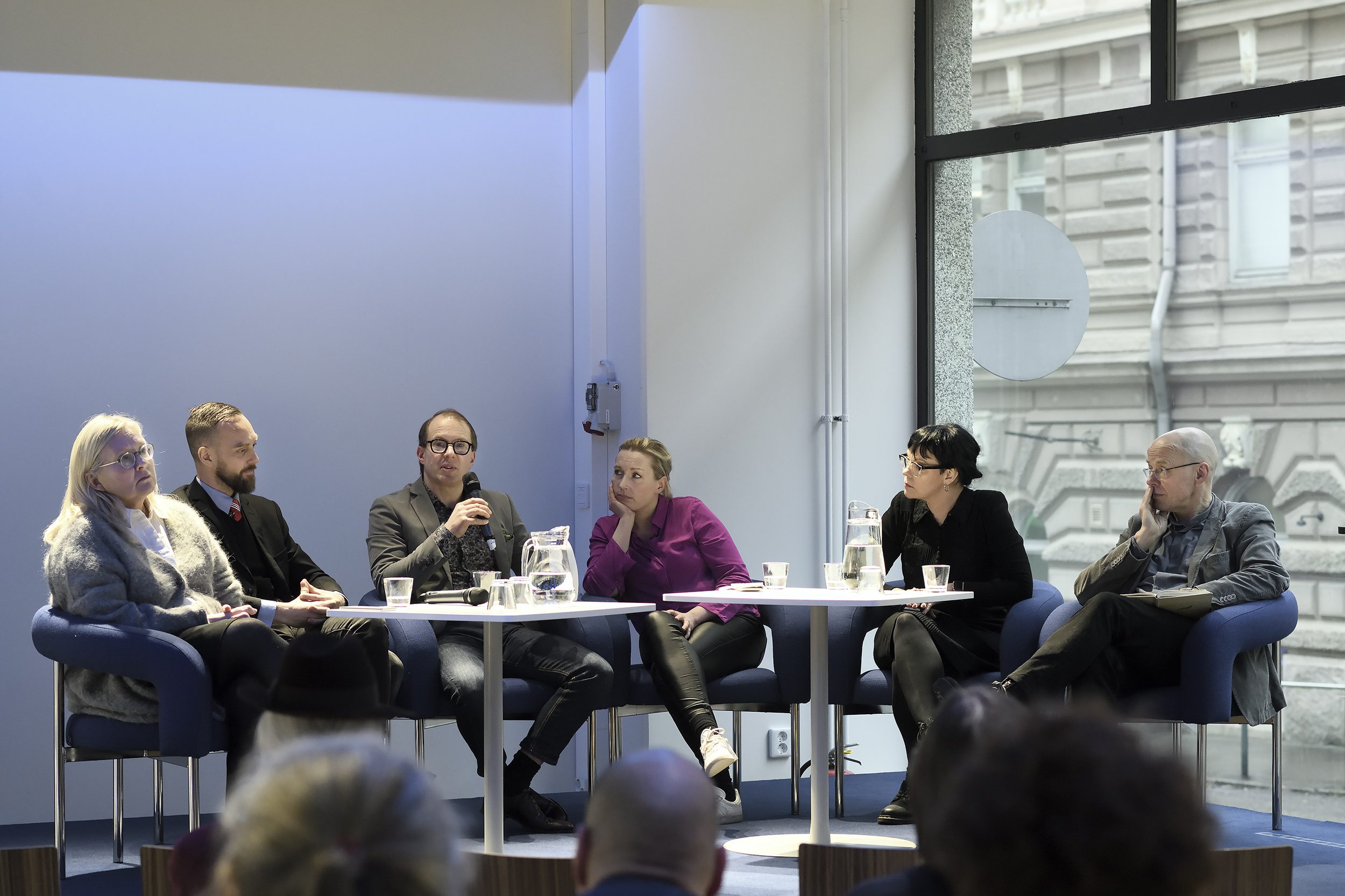
Sixteen concept papers were submitted in the first phase of the call. The Working Committee decided to invite eight applications to proceed to actual application. In October, the Board of Trustees granted funding to four projects, each of which received €150,000 (totalling €600,000):
Jukka Jouhki PhD, University Instructor, Faculty of Social Sciences, Tampere University: Imagined West: Occidentalist narrative in Finnish news media in the context of war in Ukraine.
Markus Ojala DSocSci, University lecturer, Faculty of Social Sciences, University of Helsinki: The opportunities and challenges that digitalized information warfare poses for truthful and independent war journalism.
Elise Kraatila PhD, Doctoral researcher, Faculty of Social Sciences, Tampere University: Journalistic Future Narratives in and about NATO-era Finland.
Professor Mervi Pantti, Faculty of Social Sciences, University of Helsinki: Journalism, media ja new security challenges: Securitization of the eastern border.
Other research funding and freedom of speech projects
Other research funding was awarded to two projects:
The Journalists’ information interactions with artificial intelligence during journalistic content production project received funding of €150,000. The project will provide new insights into the current state of journalistic work and the relationship between journalistic content and the use of AI. The project is being carried out at Tampere University and is headed by University researcher Heikki Keskustalo.
The Freedom of Speech and Defamation in Finland 2014–2024 project received funding of €140,000. The research project is examining the impacts, based on case law, of an amendment to the regulation of defamation in criminal law in 2014. The research is being carried out by Riku Neuvonen, Senior Lecture at Tampere University.
In addition, the Board of Trustees awarded funding of €60,000 to the Finnish Foundation for Media and Development’s (VIKES) freedom of speech project. The project, A more pluralistic media now, seeks to help media houses to create their own models for equality and pluralism and supports journalists with a migrant background.
During the year under review, the Foundation continued cooperation with the International Press Institute (IPI). Supported by the Foundation during 2024, two Finnish students worked for six months at the IPI head office in Vienna, Austria. The internship seeks to offer young media students an opportunity to learn about the state of freedom of the press in different countries. Since 2017, when the programme launched, a total of 13 Finnish students have had internships at IPI. The cooperation agreement runs until summer 2026.
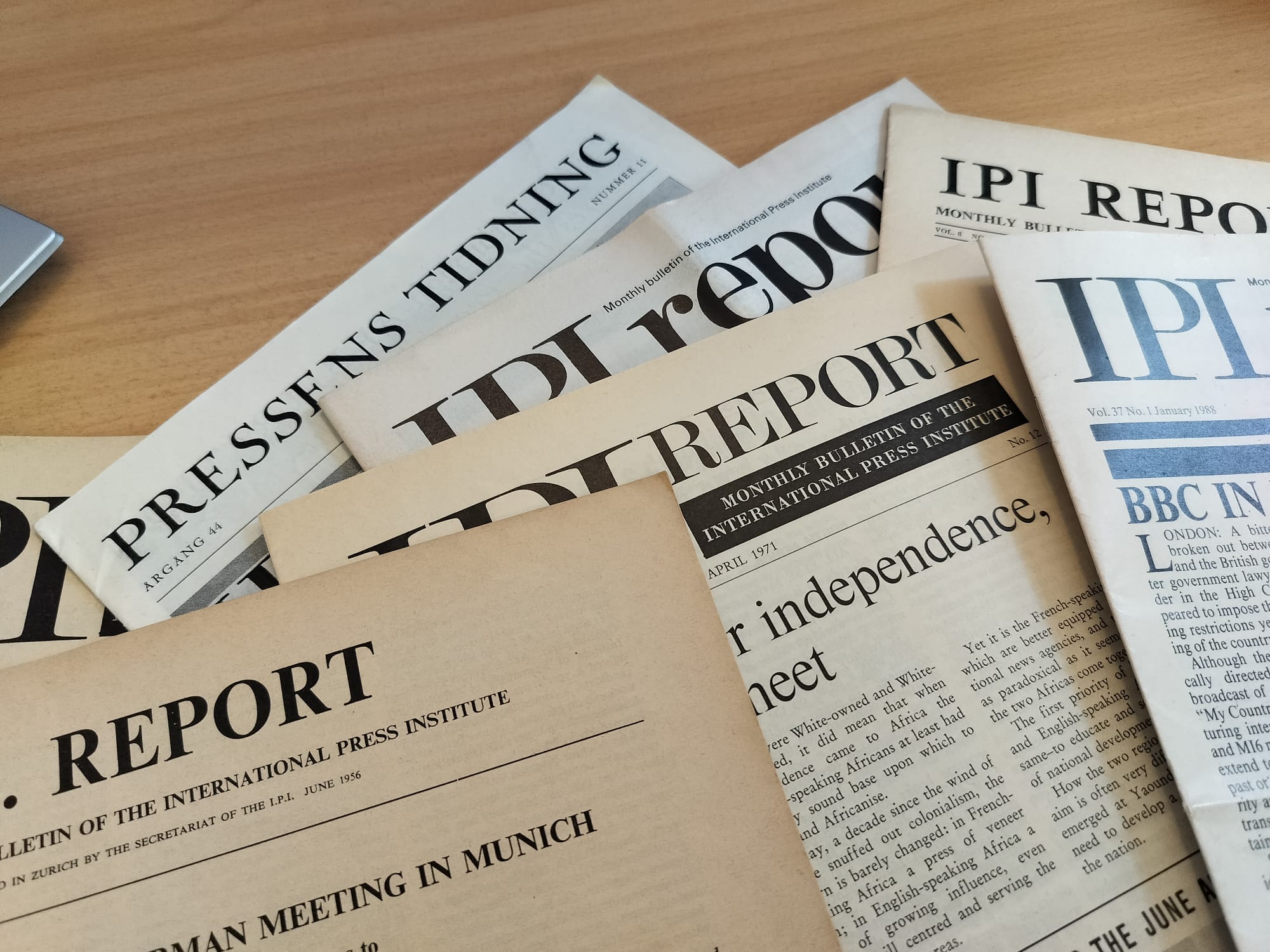
Fellowships
The journalist fellowship programme aims to develop the professional skills and capabilities of journalists and to support their internationalization.
The fellowships are intended for journalists midway through their career as well as for those working in a permanent employment relationship and freelance journalists. Applicants selected must represent a variety of different media. Efforts are made to select applicants from different parts of Finland.
During the academic year 2023–2024, the Foundation’s journalist fellows studied in Berlin (Freie Universität Berlin), Oxford (Reuters Institute for the Study of Journalism), Los Angeles (USC Annenberg School for Communication & Journalism), New York (Columbia Journalism School), Århus (Constructive Institute) and Shanghai (Fudan University). In addition, one Finnish journalist participated in a two-month international fellowship programme organized by the World Press Institute.
One Finnish journalist was chosen to join the Executive Program in News Innovation and Leadership programme arranged by City University of New York. The programme includes both distance learning and periods of contact teaching.
During the year, a cooperation agreement was signed with the Reuters Institute to participate in the Leading Newsroom Change programme. During spring 2025, the Foundation will send three Finnish journalists to Oxford for three short training periods. The course is aimed at journalists working in a supervisory or senior-level position.
During the year under review, the Foundation’s Board of Trustees decided to stop supporting three full academic year education programmes. In autumn 2024, a call for applications was no longer held to the Columbia University School of Journalism’s data journalism programme, Fudan University or the Constructive Institute. Instead, the Board decided that going forward, the Foundation will focus more on supporting short education programmes.
Despite the reduction in the number of projects available for application, the 2025-2026 call for journalist fellowships received 25 applications in the autumn (2023: 26).
The Foundation established its journalist fellowship programme in 2008. A total of 183 journalists have received the Foundation’s fellowship.
The Foundation’s Board of Trustees decided to continue working with the Jenny and Antti Wihuri Foundation, the Ella and Georg Ehrnrooth Foundation and the Saara and Björn Wahlroos Foundation to fund researcher visits to the Wilson Center in Washington. A call for applications will take place in early 2025, with six-month fellowship periods running from 1 September 2025 to 31 December 2027. The fellowship is open to Finnish social, economic and media leaders in key positions, as well as to researchers with a doctorate in these fields. The foundations have been sending experts and researchers to the Wilson Center since 2013.
Competitions and awards
The Award for Development Journalism, established by the Foundation together with the Finnish Red Cross, the Finnish Foundation for Media and Development VIKES and the Union of Journalists in Finland, was awarded for the fourth time in January 2024. The competition theme was positive development. The €3,000 award was made to Jenny Matikainen, Benjamin Suomela, and Jouni Koponen for their documentary Mekong – kun kalat katosivat (Mekong – when the fish vanished) (Yle Ulkolinja).
The Tiedettä suomeksi (Science in Finnish) award was made in April. The award seeks to support scientific publication in Finnish in the field of communication and to increase its appreciation. Worth €25,000, the award was shared by three recipients. Matti Ylönen, Mona Mannevuo, and Niina Kari received €15,000 for their book Viestintätoimistojen valta (The power of communication agencies) and Salla-Maaria Laaksonen DSocSci, and freelancer Päivi Valotie each received €5,000.
Autumn saw the Ilkka Malmberg prize awarded for the third time. The Foundation established the prize in 2021, and it is intended to encourage good and well-informed writing. The public was invited to nominate the winner and 24 nominations, including justifications and sample articles, were received. The prize was awarded to Aurora Rämö, journalist at Suomen Kuvalehti. The prize is €15,000.
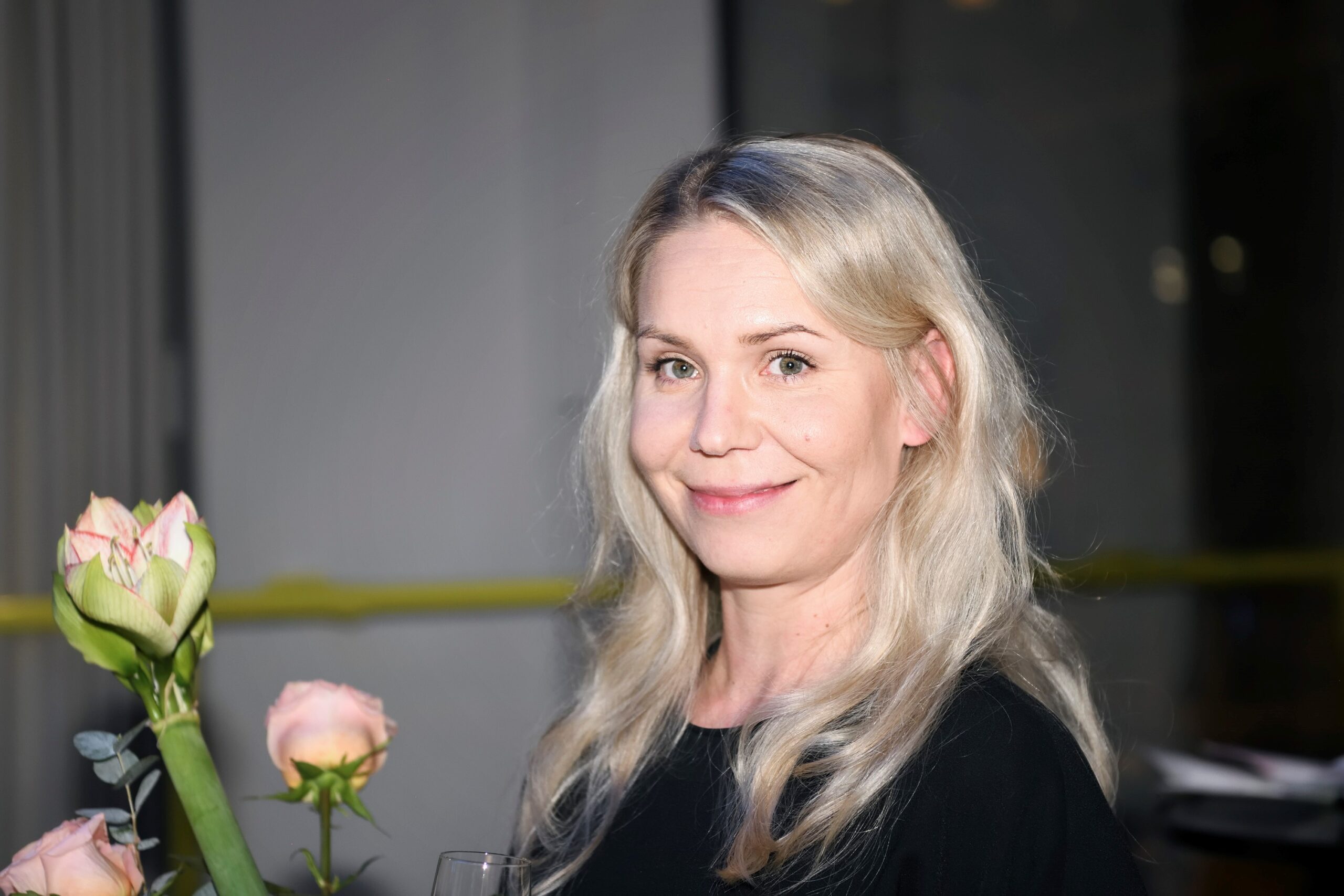
The winners of the Off the record IV writing contest marking the 135th anniversary of Helsingin Sanomat received their prizes at the Media Museum and Archives Merkki in November. Now held for the fourth time, the writing contest is for former and current employees of Sanoma Media Finland Oy. Entries were received from a total of 20 authors.
The three best entries were awarded prizes. The first prize, €5,000, went to Jaakko Lyytinen for his entry Mauno Koiviston viimeinen matka (Mauno Koivisto’s last journey), the second prize, €3,000, to Tuire Härkönen for her entry Savosta Sanomille, hajanaisia ajatuksia v. 1995–2020 (From Savo to Sanomat, fragmented thoughts 1995-2020) and the third prize, €2,000, went to Miro Nurmela for his entry Koodari ja koronavirus (The coder and coronavirus).
EXHIBITIONS AND EVENTS
The Media Museum and Archives Merkki hosted three self-produced exhibitions during the year. Of these, the Napit vastakkain – 1930-luku pilapiirtäjä Oki Räisäsen silmin (At loggerheads – the 1930s through the eyes of cartoonist Oki Räisänen) exhibition (January 25 – April 1, 2024) was based on Merkki’s own collections and was particularly popular. From May 8 to October 27, 2024, the premises were used for games, play and learning to interpret signs under the guidance of the Merkillinen Skidipeli. On November 12, the Ludviginkatu 2-4 – Henrik Tikkanen Helsinki exhibition opened. Written by non-fiction writer Ville Hänninen, the exhibition ran until March 16, 2025. In addition, the printing cellar exhibited the activities and work by students of Helsinki Vocational College and Omnia, which provide training in the graphic arts. The exhibitions at the Meme Alley (Meemikuja) were produced in collaboration with the meme communities and changed every two months or so.
The Helsingin Sanomat Foundation organizes media events at Merkki. These events aim to promote social discussion, the visibility of science and the networking of journalists and researchers. In addition, the Foundation makes the Museum’s premises available free of charge to media industry actors and non-profit organizations.
World Press Freedom Day was marked at Merkki on Friday, May 3, 2024. Organized by the Finnish National Committee of the International Press Institute (IPI), Reporters Without Borders Finland and the Helsingin Sanomat Foundation, the event discussed the latest Press Freedom Index and Finland’s ranking.
In November, the Foundation, together with Reporters Without Borders Finland and the Association of Editors (PTY), arranged an evening on freedom of expression, with keynote speakers Márton Gergely, Chair of the Executive Board, and Scott Griffen, Acting Executive Director, of the International Press Institute.
A total of five final seminars for research projects funded by the Foundation were held in Merkki during spring 2024.
Merkki arranged a number of lectures, theme nights and events, both on the themes of temporary exhibitions and permanent exhibitions. As many as 900 guests came together to celebrate Donald’s 90th birthday, arranged in collaboration with the magazine Aku Ankka (Donald Duck).
Merkki continued its already well-established event cooperation with the Postal Museum, holding events such as the Rainbow Internet and the Trans memories evening. In early August, Merkki and Reporters Without Borders Finland opened a joint mailbox at the museum, through which museum visitors can leave encouraging messages to imprisoned Belarusian journalists. Seminars and film nights were also arranged to publicize this important issue.
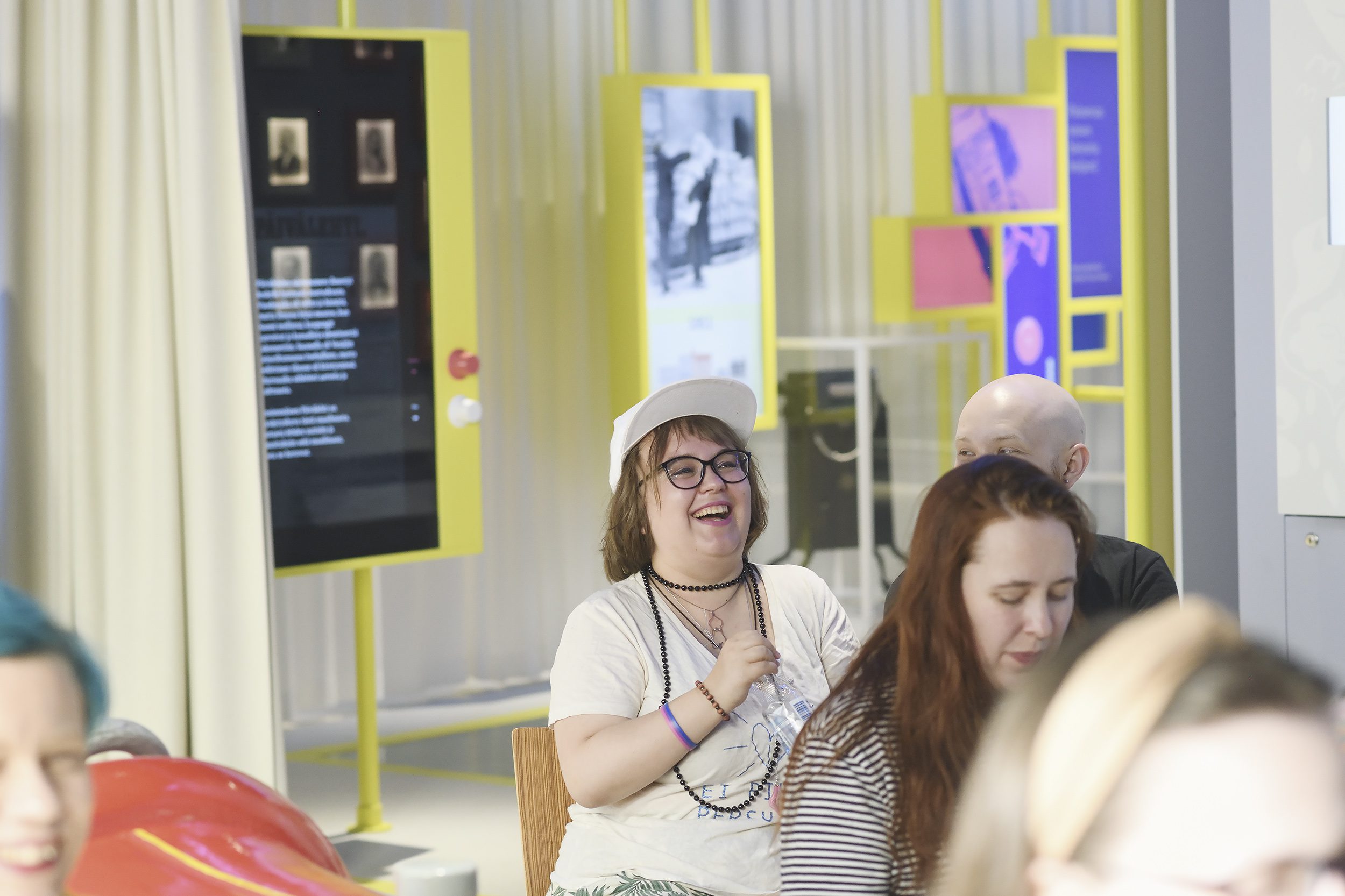
COLLLECTIONS
During the year under review, 57 (49) donations of archive material, of which 5 (0) were digital material, were received. The largest individual donation of archive material was that of bound copies of the newspaper Aamulehti received from Tampere Library in November. Other significant analogue donations were the Oy Länsi-Suomi archive and the archive donations of Helsingin Sanomat, which, due to the move, arrived in March and April.
A total of 21.49 (34.2) shelf metres of analogue archive materials were arranged.
Nine (8) historical interviews with former Sanoma employees were completed during the year under review.
Nineteen (10) donations, a total of around 200 objects, were added to the object collections. Notable donations included a collection of memorabilia from Helsingin Sanomat’s foreign news desk and cameras donated by Vesa Oja.
The object collection currently has around 6,400 objects, of which 5,131 (4,952) have been catalogued. The photograph collection contains around 25,000 photographs, of which 17,498 (17,561) had been digitized by the end of the year. The decrease in digital images is explained by the removal of corrupt image files from the photograph database during inventory.
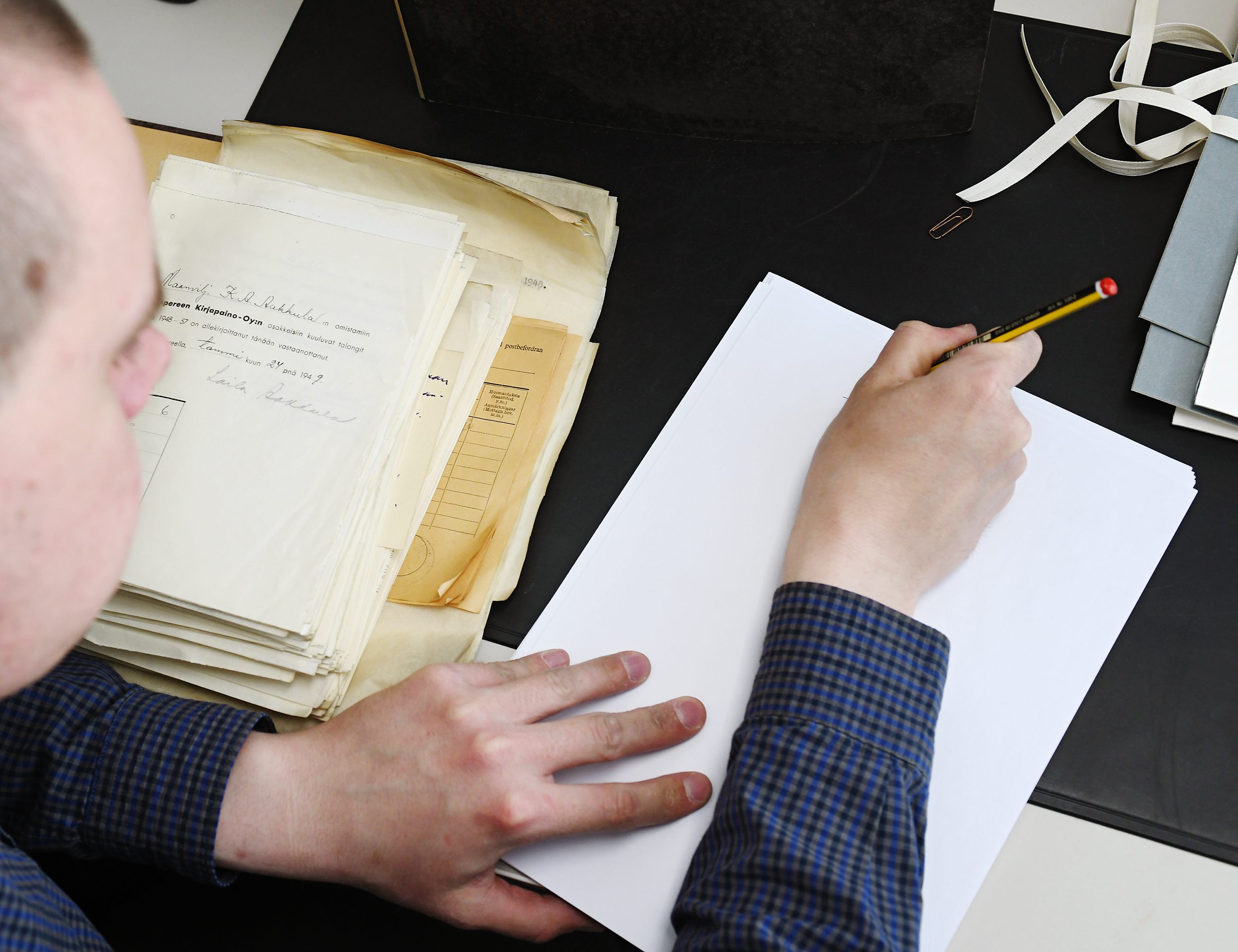
The Archives have been represented in key collaboration networks and the Museum is responsible for the preservation of artefacts and traditions relating to technical newspaper publishing operations through its involvement in national TAKO collection management cooperation. The Museum was also involved as an expert in the evaluation of Edita’s extensive and nationally significant printing collection.
FINANCIAL AND INVESTMENT ACTIVITIES
The Helsingin Sanomat Foundation’s expense deficit from ordinary operations was €3,746,904 (2023: €3,425,365), of which grants and journalist fellowships accounted for €1,338,675 (€1,100,882). During the year under review, €647,079 (€645,183) was paid in wages and salaries. The surplus during the accounting period was €17,627,459 (2023: €13,000,910).
The Foundation’s deferred liabilities amounted to €1,572,730 (€1,787,063), of which unpaid grants and fellowships accounted for €1,467,959 (€1,706,175).
World economic growth slowed somewhat compared to the previous year and stood at around 3%. Good economic growth in the USA was a positive surprise. Development in Europe was very subdued and Finnish economic growth was among the weakest in Europe. Structural challenges continued in China. Inflation slowed, resulting in central banks cutting interest rates globally. Geopolitical tensions continued throughout the year.
Stock markets were characterized by exceptionally high returns on US equities – the S&P 500 index returned over 30% for the year. In Europe, performance was much more subdued, but still positive. In Finland, returns on equity were in slightly negative territory. The outperformance of US equities was driven by exceptionally strong price rises in a few large technology companies (the so-called Magnificent7). The US presidential election led to strong price swings at the end of the year. The election result and expectations of a stimulative economic policy supported market performance towards the end of the year.
The Foundation’s related parties include the members and deputy members of the Board of Trustees, the members of the Finance Committee, the President, Vice President/Director of the Archives and Museum as well as the auditors, including their family members and any organizations and foundations controlled by them. The attendance fees paid to members of the Board of Trustees, the Working Committee and Finance Committee during the year amounted to €22,400. Attendance fees are paid for each meeting to those members present only. It is the opinion of the Board of Trustees that the fees are in line with general practice taking into account the duties of the members of the Board and committees, and the time and expertise required of these members. In addition, fees of €234,406 were paid to the Foundation’s President and Vice President, who are related parties. The auditors were paid based on invoice. The Foundation had no other related party transactions and nor did the Foundation receive any subsidies or grants during the year under review.
Income from investment and financial activities was €4,847,120 (2023: €7,135,992). Profit shares from investment funds were €2,066,484 (€1,994,951), proceeds from fund units sold were €75,163 (€2,572,625) and dividend income was €4,651,092 (€2,457,280). The surplus from investment and financial activities was €21,374,363 (€16,426,276). Changes in the value of investments were €19,891,042 (-€3,746,947).
The unrealized changes in the value of direct investments in equities were recognized in the fair value reserve, where cumulative changes in value at the end of the year totalled -€45,939,510 (-€49,276,009). The change in the value of Sanoma Corporation was €3,385,130 compared to the previous year.
At the turn of the year, the market value of the Foundation’s assets was €154.6 million (€133.8 million). Equity investments accounted for 99% (98.7%) and fixed-income investments for 1% (1.3%) of the assets. Sanoma shares accounted for 23.3% (24.4%) of total assets.
Since the equity funds owned by the Foundation distribute profit shares that exceed the direct return on investments, part of the annual cash flow is reinvested to maintain the value of the Foundation’s capital. The excess liquidity was invested in US equity funds investing in SMEs. Thus, the weighting of US equities was increased, avoiding overpriced large technology companies.
The overall impact on the portfolio’s expected return and risk profile was minor. The return on the portfolio as a whole was 18.75% (2.59%), with money market returns of 4.0% (4.19%), Sanoma 16.5% (-25.56%), other direct equity investments 4.1% (7.93%) and equity funds 23.7% (20.34%).
The total return on the Foundation’s portfolio was exceptionally good in both relative and absolute terms. The excellent performance was due to good returns on US equities. The Foundation has systematically increased its weighting in US equities in recent years, which has been very profitable. Sanoma’s share price performance at the end of the year was very good and Sanoma’s annual return was among the best on the Helsinki Stock Exchange.
Talenom Plc provided the Foundation’s accounting and cash management services.
Risks and risk management
The primary objective of financial activities is to preserve and grow the real value of the assets over the long term. The Foundation’s investment activities aim also for steady cash flow and adequate liquidity to ensure the continuity of ordinary operations. Given the long-term investment horizon, the investment strategy is equity weighted (equity weighting was 99% at year-end) and the investment portfolio is not normally hedged.
Short-term movements in prices are of no relevance to the Foundation since the Foundation strives for good long-term real returns and cash flow. In accordance with the investment strategy, the investments are diversified by geography, sector, company and currency. The investments are mainly in liquid securities and funds, which can quickly be converted into cash. This means the Foundation has a low funding and liquidity risk. The domestic and international economic climate reflects on the Foundation’s investments. The main risk in investment activities is the general market risk, in other words the long-term performance of the international markets and dividend income. In addition, Sanoma Corporation shares account for 23.3% (24.4%) of the Foundation’s assets and these constitute the largest single risk exposure. The Board of Trustees has adopted a separate plan with regard to the Sanoma risk. Assets have been managed and investments made in line with the policy adopted by the Board of Trustees and matters concerning investment activities have been discussed in the Foundation’s Finance Committee.
Responsibility and sustainability
The Foundation invests its assets responsibly and when making investment decisions takes into consideration financial aspects as well as environmental, social responsibility and good governance (ESG) perspectives. In selecting an asset manager, the Foundation assesses the depth of the asset manager’s responsible investment policies, principles and practices. The Foundation requires the asset manager to have signed and adhere to the UN-backed Principles for Responsible Investment (PRI) and considers environmental, social and governance aspects as part of its investment process. The Foundation’s asset managers must be established and of good repute.
In its investments, the Foundation gives preference to products under Articles 8 and 9 of the Sustainable Finance Disclosure Regulation (SFDR). The Foundation may set its own exclusion criteria for its investments in addition to the general exclusion criteria of the asset manager. The Foundation appreciates that the asset manager uses its voting rights at general meetings and engages in dialogue with companies to promote sustainability.
The asset manager is required to report on the responsibility of investments at least annually. The objective is that the Foundation’s portfolio is more responsible than market indices, based on the applicable metrics. Responsible investment is reported annually to the Foundation’s Board of Trustees and may be included in the annual report to stakeholders. The Board of Trustees will review the sustainability of investment activities and policies annually as part of the review of the Foundation’s investment policy and will update the sustainability policy where necessary as standards, practices and the knowledge base on investment objectives evolve.
2025
Expectations for 2025 are quite positive, especially regarding the USA, where economic growth is expected to remain strong and corporate earnings growth is anticipated to be over 10%. However, valuation levels are historically high, particularly for large technology companies. President Trump’s economic policy is stimulative and supports economic growth. The outlook for Europe is weak, and a looming trade war casts a shadow over exports from Europe and Finland in particular. The outlook for Sanoma is bright, as significant earnings growth is expected for 2026, which is likely to be reflected in stock performance as early as 2025.
